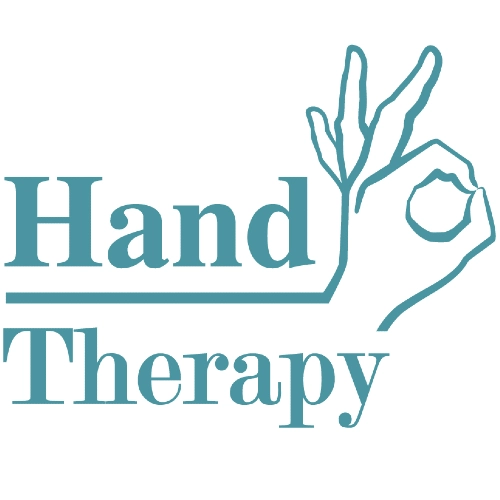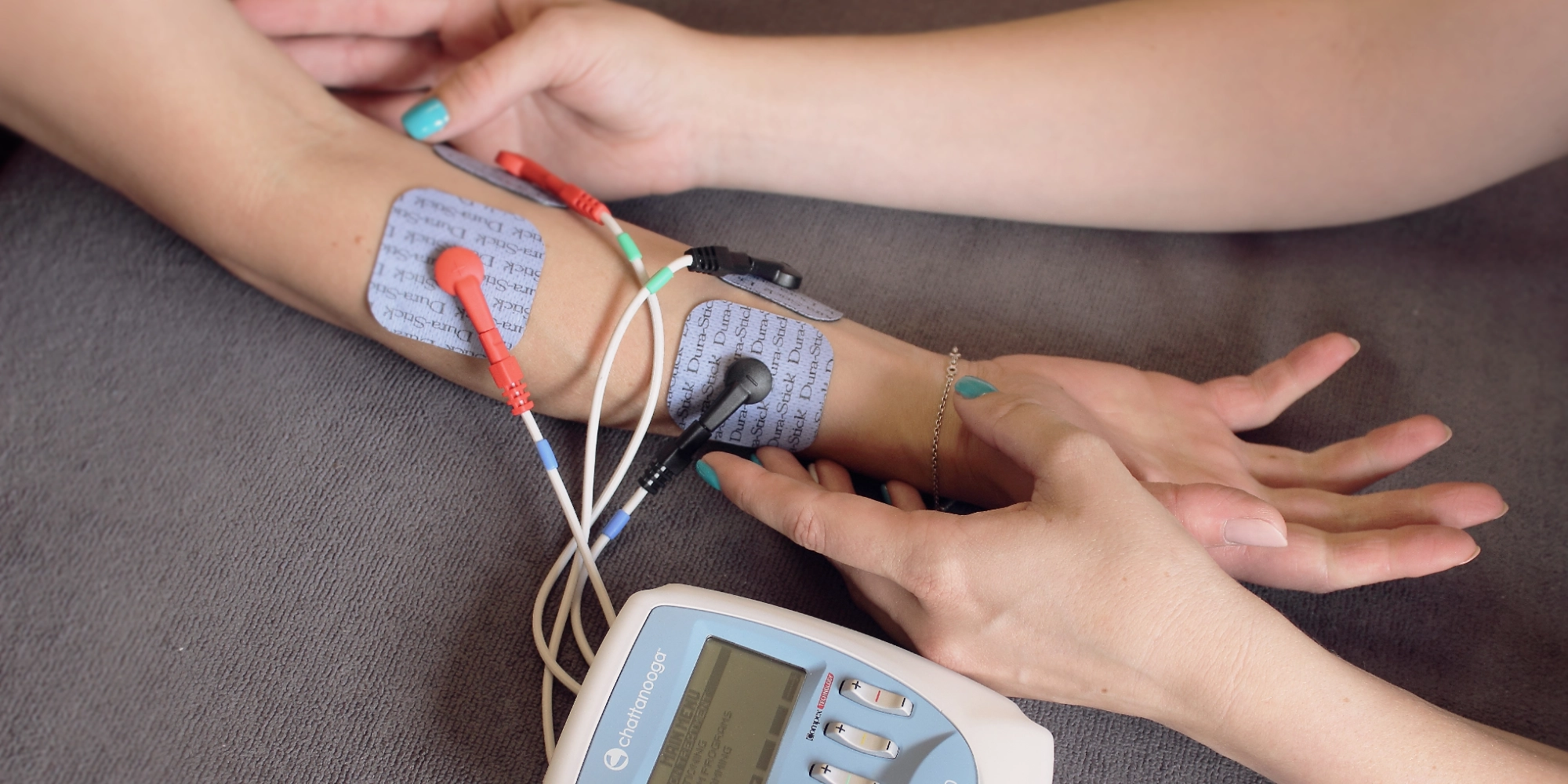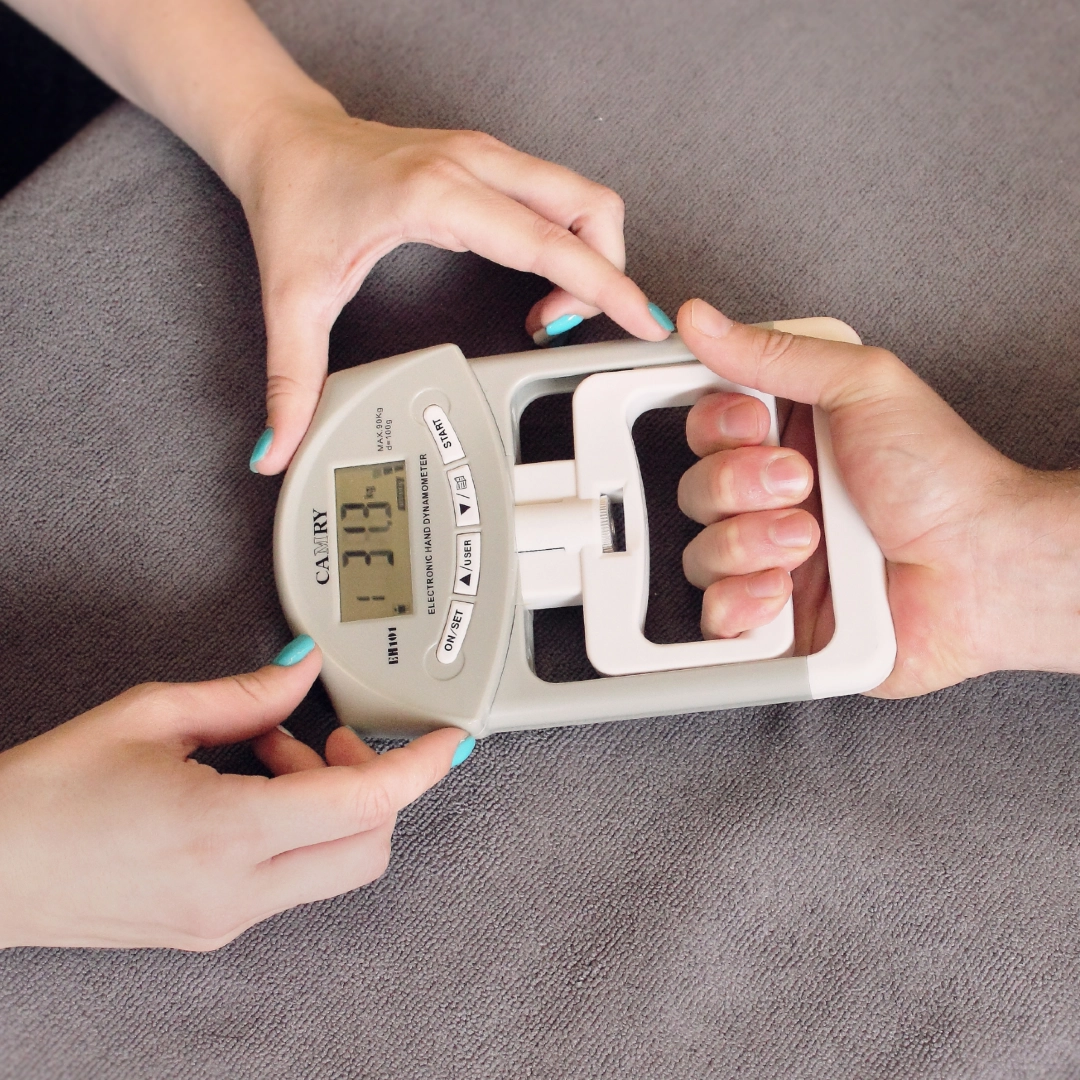Wrist Pain
The wrist and hand is very intricate and a detailed assessment can determine the source of the pain. Be warned that an injury to these areas can cause long standing problems if not addressed correctly. If you struggle with activities like gripping, lifting, writing, gardening, typing or knitting it can be an indication that your injury is worse than you thought. All of these tasks are low load activities meaning that it does not take a lot of effort to perform them.
It is extremely important to determine the source of the pain as injuries to the wrist can cause long term problems if not treated correctly. Carpal Tunnel Syndrome is one of the most common causes of wrist pain.
Force of impact like Racket sports, heavy landings/falls or the wrist bending backwards by a fall are common causes of wrist pain. All of these can cause significant pain and discomfort in the wrist making it difficult or even impossible to do anything. The small bones in the wrist doesn’t need much to crack, dislocate, or break.

Why is your wrist pain lasting longer than it should?
Does this sound like you?
If any of these have happened to you – we would love to help you. The fact that you’ve tried any or all of these things already is actually a good thing, because when you know what doesn’t work – you are closer to finding the thing that does!
We invite you to come and see us. Why? Because we do things differently. We’ll do a thorough assessment and test all the possible causes. After we’ve diagnosed your problem, and explained what it’s going to need to heal, we’ll make sure you understand why this is happening.
What you can do to get rid of your wrist pain quickly?
If you’re looking for solid advice on how to start solving your problem, you might not know if our treatment is the right thing for you, we encourage you to give us a call. This is an opportunity to get an expert’s advice about your situation. Our goal is to help you make the right decision about what to do next.
Get rid of your wrist pain in the next few days!
| Symptoms | Structure | Possible Cause |
|---|---|---|
| Pain, swelling and bruising, difficult to move wrist or grip anything | Ligament | Sprained Wrist |
| Pain, swelling and stiffness at the base of the finger that lasts a long time, may be hard to move fingers and thumb, may have a lump | Tendon | Tendonitis – de Quervain’s tenosynovitis |
| Aching pain that’s worse at night, numbness or pins and needles, a weak thumb or difficulty gripping | Nerve | Carpal Tunnel Syndrome |
| Smooth lump near a joint or tendon, may be painful | Joint Capsule | Ganglion cyst |
| Sudden, sharp pain, swelling, a popping or snapping sound during the injury | Bone | Carpal bone fracture Scaphoid Fracture |
| Dull ache, worse after using it, difficult to turn the hand | Muscle | Muscle strain |
| Thick feeling around wrist that gets worse after being active, and stiff in the mornings | Joint | Arthritis Osteoarthritis |
What causes my wrist pain
To understand where your wrist pain is coming from, you’d have to determine how you injured it, or if you can remember when it started. Some are outright obvious like when you break your fall with your hands, meanwhile others are subtle and creeps up on you – getting worse day by day. So, it’s easier to establish how your pain started and changed until now. Changes in your wrist pain gives us many clues to understand where your pain is coming from.
Our body consists of various types of tissue, some elastic like tendons, or strong like cables (ligaments), some tissue can generate movement & force like muscles. We rely on your wrist ligaments to keep joints stable, tendons to coordinate movements, and muscles to generate power to grip. The structures in your wrist are quite vulnerable to injury, especially trauma. There are more than 65 structures in your wrist that can get injured, some problems are more common than others, but just to be safe – we test them all.
Here’s a breakdown of a few structures that can get injured that gives you different types of wrist pain:
Get to the root of your wrist pain
Different structures, cause different types of wrist pain, although these are not concrete it’s a good guideline to which structure produces what type of pain
Muscle — Dull ache or stiffness, sharp pain with contraction
Nerve — Numbness, tingling, weakness, electrical stabbing feeling
Tendon — Burning pain with certain specific movements, pain comes & goes
Ligament — Pain at the end of range, unstable, clicking
Bone — Constant pain, sharp pain with certain movements
Joints — Cramp, constant stiff feeling, worse after rest, better with movement
Cartilage — Sharp pain when at certain point, painful arch of movement
Arteries — Pins & Needles, dead leg feeling, heavy feeling
Fat pad — Pinching pain, pressure increases or decreases pain immediately
Bursa — Pain only comes on after being active, better with rest
Referral from other joints — Difficult to pinpoint pain, vague painful area
Types of wrist pain and the structures they may relate to:
Nerve pain in your wrist
Muscle pain in your wirst
Joint pain in your wrist
Our professional experience
The biggest concern among patients are the time it will take to heal. This question can only be answered after we’ve actually tested & looked at of all the structures.
Our medical professionals treat muscles, tendons, nerve and joint problems. But first we must know what we’re dealing with.
Delay Healing
In our experience, one of the most common problems we encounter are wrist bone fractures. It doesn’t take much to fracture these bones. Many patients come in with pain that has been troubling them for more than a few weeks. When we take X-rays we usually find an old fracture still trying to heal.
Taking too long to seek medical help or delayed treatment can significantly change the time it takes to heal your wrist pain.
100% Covered by Medical Aid
Hand therapy claims directly from your medical aid.
Hand therapy claims directly from your medical aid.
No co-payments or extras. Most certainly, no unexpected bills. Plain and simple payments. We charge medical aid rates, so if you have funds available the treatment will be covered in full. Pay with cash or your medical aid.
Diagnosis of wrist pain
Our experts know and understand the intricate anatomy of your wrist. There are many structures to test, and we even consider the complex biomechanics of your hand & forearm. We’ll accurately diagnose which structures are involved, and to what degree. This gives you a good idea what exactly is happening inside your wrist in order to establish the extent of the tissue damage.
During your evaluation, we’ll be stretching & stressing the soft tissue structures like muscles, ligaments, nerves and tendons. This way we can diagnose muscle tears, ligament sprains, tendinitis’s and nerve irritations. We’ll test different aspects like muscle strength, range of motion, flexibility and stability in order to confirm how severe your tissue damage is, which will lead us to tailor a treatment plan. Then we’ll customize the treatment to your specific needs. Therefore our specialists are the best at diagnosing wrist pain & wrist injuries.
The Process of Diagnosis
Diagnosis is a process of exclusion, not inclusion. Medical professionals are taught a process of elimination and deduction to identify the most possible diagnosises for your wrist pain. The better you can describe & elaborate on your pain, the better picture you’ll give us to understand what’s happened & what you’re feeling.
The practitioner uses their skills to eliminate diagnosis’s it’s not and zoom in on your problem. This elimination brings us to only a few possibilities to what could be causing your wrist pain. Then we test & assess all our possibilities to get to the root cause of your pain. We encourage you to be honest and open about what you’re feeling – to clarify, carry on or change our approach.
Wrist pain Treatment
We have seen many patients with wrist pain and provide the best possible treatment for a faster recovery. Pain and stiffness after a wrist injury prevent you to grip or hold things. You might feel afraid to move, or scared you’ll damage it even more. We know that you’re anxious about the unknown, so that is why we are here to guide you and give you all the answers.
Your wrist pain treatment will be tailored according to various factors, but just to give you a broad idea, our focus of our treatments are:
- Determine what structures are injured in your wrist
- How bad is it injured?
- Protect it from further injury
- Help accelerate healing
- Re-evaluate to monitor progress
- Change and adapt as you get better
Most common wrist injuries we treat
Come see us if
Urgent medical treatment is necessary if
What our patients say:
Other Injuries
Our Partner
Well Health Pro is a medical group of professionals that treat a wide range of muscle, joint, tendon & nerve problems.


